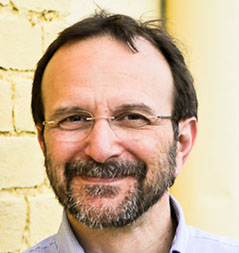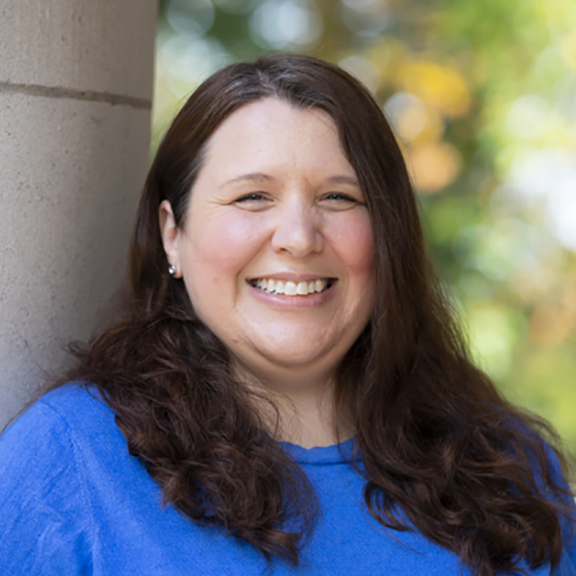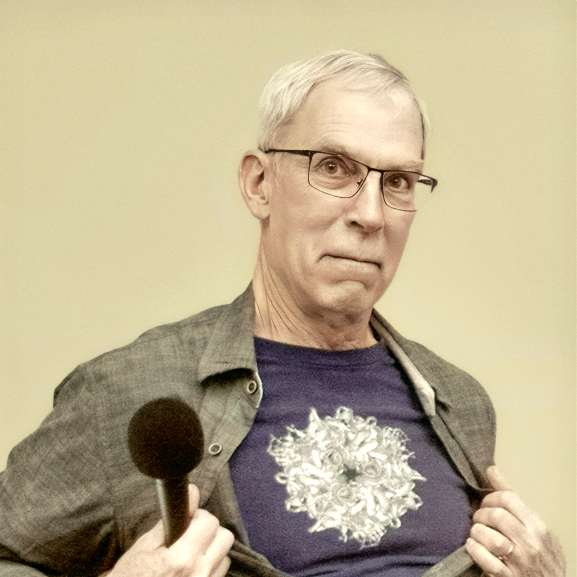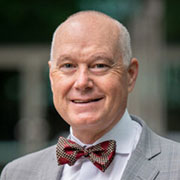The Guardians of the TWiV-o-verse discuss the process of codon deoptimization for the production of experimental infectious attenuated viral vaccines, and how a respiratory syncytial virus with 619 base changes was rescued by genomes with very large internal deletions.
Kostya Chumakov discusses the hypothesis that oral poliovirus vaccine can provide non-specific protection against many other viruses, and might prevent infection with SARS-CoV-2.
Amy joins the TWiV team to review evidence that enterovirus D68 is an etiologic agent of childhood paralysis, and her finding that the ability of the virus to infect cells of the nervous system is not a recently acquired property.
At Aarhus University in Denmark, Vincent speaks with Trine Mogensen, Søren Paludan, Ole Søgaard, and Madalina Carter-Timofte about their careers and their work on sensing herpesviral DNA, immunodeficiencies that predispose to severe viral infections, and the path to a cure for HIV/AIDS.
The TWiV team covers outbreaks of eastern equine encephalitis virus in the US and poliovirus in the Philippines, and explain how a chemokine induced by HIV-1 infection helps release more virus particles from cells.
From the 16th Smögen Summer Symposium on Virology, Vincent speaks with Erling Norrby about how he has used archival material to provide insight into early Nobel Prizes for research on viruses.
Vincent speaks with David Oshinsky, the Pulitzer Prize-winning author of Polio: An American Story, about the history of poliovirus vaccines.
The TWiVsters review isolation of a naturally occurring DNA virus from fruit flies, and the cell-type specific function of a small transmembrane protein encoded in an open reading frame upstream of the enterovirus polyprotein.
The TWiVerinos discuss Nipah virus and the recent outbreak in India, and the first cast of polio in Papua New Guinea in 18 years.
At Europic 2018, a meeting on picornaviruses in the Netherlands, Vincent speaks with Sasha Gorbalenya, Jim Hogle, Ann Palmenberg and Frank van Kuppeveld about their careers and their research.








